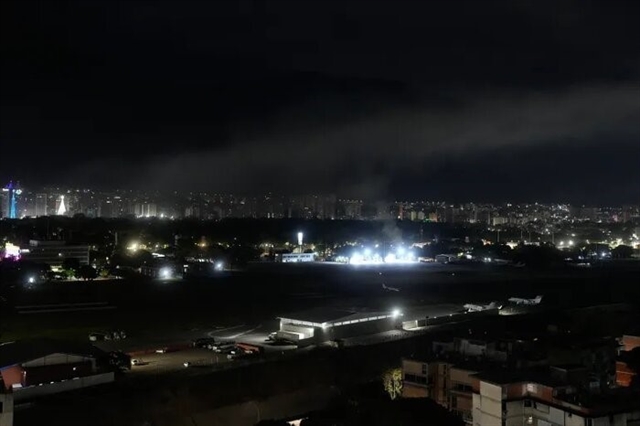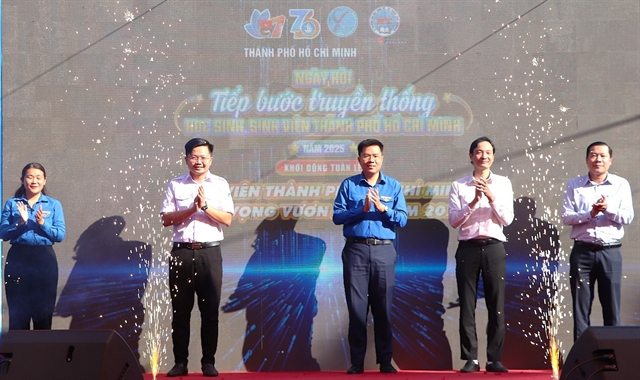 Politics & Law
Politics & Law

 |
| Paper boats with effigies of sailors are sailed into the sea during the ceremony. — VNA/VNS Photos |
QUẢNG NGÃI — A ceremony was held at An Vĩnh communal house in Lý Sơn District, the central province of Quảng Ngãi on Sunday to pay tribute to soldiers who sacrificed their lives for safeguarding Việt Nam's Hoàng Sa (Paracel) and Trường Sa (Spratly).
According to Việt Nam’s feudal state history, the Hoàng Sa Flotilla was set up in 17th century when the Nguyễn lords began their reign in the south of the country.
The flotilla consisted of 70 skilled fishermen from An Vĩnh and An Hải villages in the Sa Kỳ estuary area (now part of Sơn Tịnh and Bình Sơn districts), as well as from An Vĩnh and An Hải villages on Lý Sơn Island, Quảng Ngãi province.
They braved roaring waves and storms to survey sea routes, plant markers and steles affirming the national sovereignty over Hoàng Sa and Trường Sa. Their missions were full of danger, and many of them never returned to land.
Thus, before the soldiers left for their missions, a feast was held for them, hence the beginning of the tradition.
 |
| Elders conduct the ceremonial rites |
During the ritual, paper boats with effigies of sailors are launched into the sea and respects are paid to the lost sailors’ symbolic tombs.
Lễ khao lề thế lính Hoàng Sa (Feast and Commemoration Festival for Hoàng Sa Soldiers) is often organised in the second and the third lunar months. It reflects Việt Nam’s history of protecting the national sovereignty in the East Sea (internationally known as the South China Sea), especially over Hoàng Sa and Trường Sa.
Secretary of the Lý Sơn District Party Committee Nguyễn Minh Trí said the ceremony has been recognised as a national intangible cultural heritage by the Ministry of Culture, Sports and Tourism in the social practice and belief category.
Local authorities are working to “theatricalise” it so that tourists can better understand the heritage, he added. — VNA/VNS